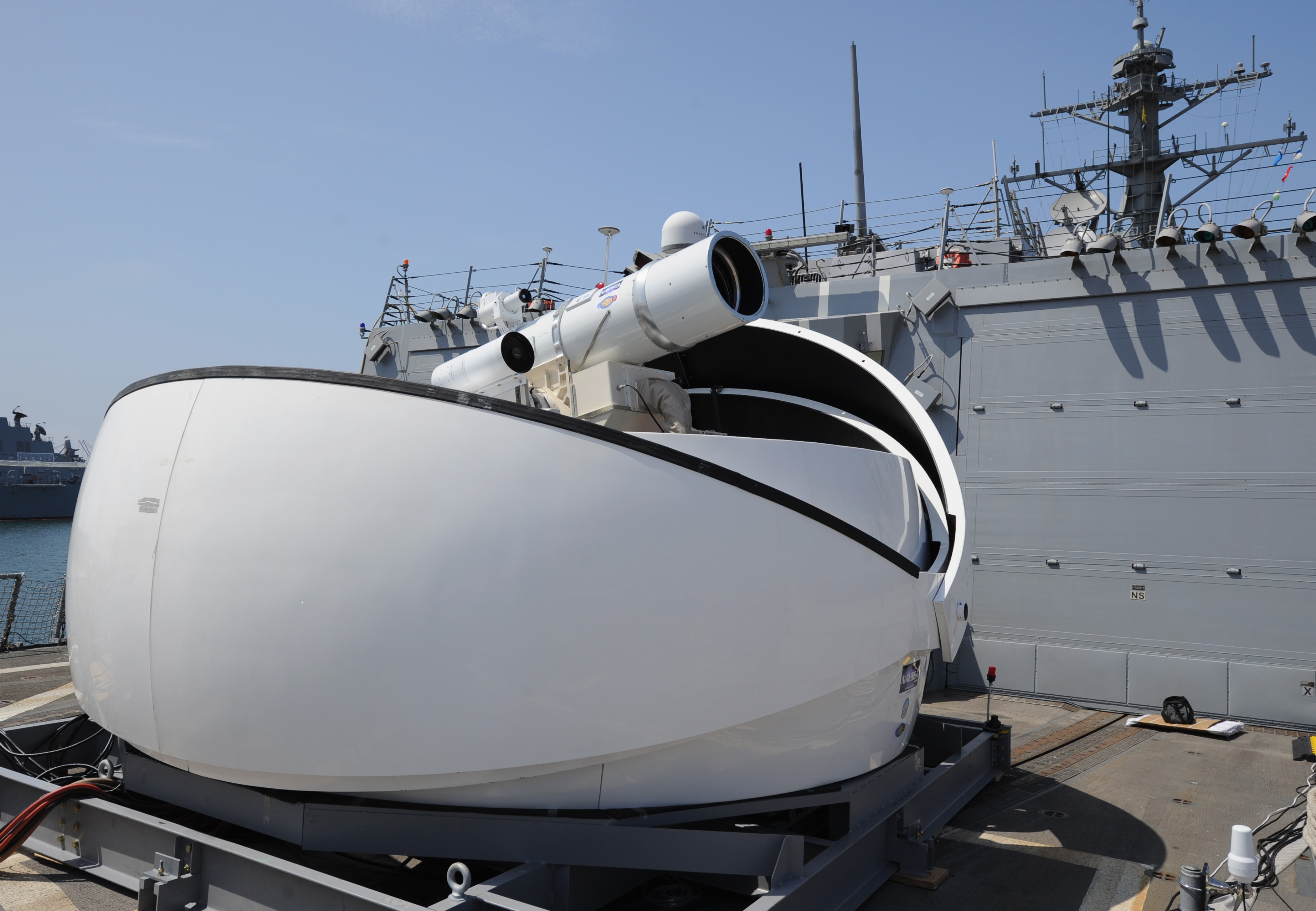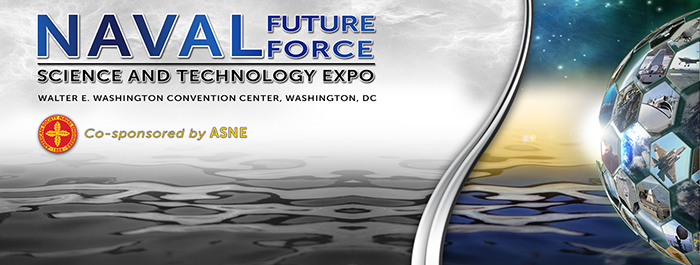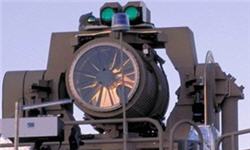|
.. |
|
|
|
|
| All Systems Go: Navy's Laser Weapon Ready for Summer Deployment Story Number: NNS140407-09Release Date: 4/7/2014 12:02:00 PM From Office of Naval Research 120730-N-PO203-076 SAN DIEGO (July 30, 2012) The Laser Weapon System (LaWS) temporarily installed aboard the guided-missile destroyer USS Dewey (DDG 105) in San Diego, Calif., is a technology demonstrator built by the Naval Sea Systems Command from commercial fiber solid state lasers, utilizing combination methods developed at the Naval Research Laboratory. LaWS can be directed onto targets from the radar track obtained from a MK 15 Phalanx Close-In Weapon system or other targeting source. The Office of Naval Research's Solid State Laser (SSL) portfolio includes LaWS development and upgrades providing a quick reaction capability for the fleet with an affordable SSL weapon prototype. This capability provides Navy ships a method for Sailors to easily defeat small boat threats and aerial targets without using bullets. (U.S. Navy photo by John F. Williams/Released) ARLINGTON, Va. (NNS) -- Navy engineers are making final adjustments to a laser weapon prototype that will be the first of its kind to deploy aboard a ship late this summer. The prototype, an improved version of the Laser Weapon System (LaWS), will be installed on USS Ponce for at-sea testing in the Persian Gulf, fulfilling plans announced by Chief of Naval Operations Adm. Jonathan Greenert at the 2013 Sea-Air-Space Expo. "This is a revolutionary capability," said Chief of Naval Research Rear Adm. Matthew Klunder. "It's absolutely critical that we get this out to sea with our Sailors for these trials, because this very affordable technology is going to change the way we fight and save lives." Navy leaders have made directed-energy weapons a top priority to counter what they call asymmetric threats, including unmanned and light aircraft and small attack boats that could be used to deny U.S. forces access to certain areas. High-energy lasers offer an affordable and safe way to target these threats at the speed of light with extreme precision and an unlimited magazine, experts say. "Our nation's adversaries are pursuing a variety of ways to try and restrict our freedom to operate," Klunder said. "Spending about $1 per shot of a directed-energy source that never runs out gives us an alternative to firing costly munitions at inexpensive threats." Klunder leads the Office of Naval Research (ONR), which has worked with the Naval Sea Systems Command, Naval Research Laboratory, Naval Surface Warfare Center Dahlgren Division and others to make powerful directed-energy weapons a reality. The Navy already has demonstrated the effectiveness of lasers in a variety of maritime settings. In a 2011 demonstration, a laser was used to defeat multiple small boat threats from a destroyer. In 2012, LaWS downed several unmanned aircraft in tests. Over the past several months, working under the ONR Quick Reaction Capability program, a team of Navy engineers and scientists have upgraded LaWS, and proved that targets tracked with a Phalanx Close-In Weapon can be easily handed over to the laser's targeting and tracking system. The result is a weapon system with a single laser weapon control console, manned by a surface warfare weapons officer aboard USS Ponce who can operate all functions of the laser-and if commanded, fire the laser weapon. Using a video game-like controller, that sailor will be able to manage the laser's power to accomplish a range of effects against a threat, from disabling to complete destruction. The deployment on Ponce will prove crucial as the Navy continues its push to provide laser weapons to the fleet at large. Data regarding accuracy, lethality and other factors from the Ponce deployment will guide the development of even more capable weapons under ONR's Solid-State Laser - Technology Maturation program. Under this program, industry teams led by Northrop Grumman, BAE Systems and Raytheon Corp. have been selected to develop cost-effective, combat-ready laser prototypes that could be installed on vessels such as guided-missile destroyers and the Littoral Combat Ship in 2016. The Navy will decide next year which, if any, of the three industry prototypes are suitable to move forward and begin initial ship installation for further testing. "We are in the midst of a pivotal transition with a technology that will keep our Sailors and Marines safe and well-defended for years to come," said Peter Morrison, ONR program manager for SSL-TM. "We believe the deployment on Ponce and SSL-TM will pave the way for a future acquisition program of record so we can provide this capability across the fleet." For more news from Office of Naval Research, visit www.navy.mil/local/onr/. All Systems Go: Navy's Laser Weapon Ready for Summer Deployment |
|
Laser Weapon System (LaWS)Published on Dec 10, 2014
The Afloat Forward Staging Base (Interim) USS Ponce (ASB(I) 15) conducts an operational demonstration of the Office of Naval Research (ONR)-sponsored Laser Weapon System (LaWS) while deployed to the Arabian Gulf. Register now for the February 4-5, 2015, Naval Future Force Science and Technology EXPO at the Walter E. Washington Convention Center in Washington, D.C. |
|
|
Laser Weapon System ( LaWS ) Shooting Down Drone Aircraft
2013 US Navy, USS Dewey Published on May 7, 2013 "The Laser Weapon System (LaWS) temporarily installed aboard the guided-missile destroyer USS Dewey (DDG 105) (shown here conducting an operational test) in San Diego, Calif., is a technology demonstrator built by the Naval Sea Systems Command from commercial fiber solid state lasers, utilizing combination methods developed at the Naval Research Laboratory. LaWS can be directed onto targets from the radar track obtained from a MK 15 Phalanx Close-In Weapon system or other targeting source. The Office of Naval Research's Solid State Laser (SSL) portfolio includes LaWS development and upgrades providing a quick reaction capability for the fleet with an affordable SSL weapon prototype. This capability provides Navy ships a method for Sailors to easily defeat small boat threats and aerial targets without using bullets. (U.S. Navy video by Office of Naval Research/ Released)" Silent. Public domain film from the United States Navy, slightly cropped to remove uneven edges, with the aspect ratio corrected, and mild video noise reduction applied. http://en.wikipedia.org/wiki/Laser_Weapon_System The Laser Weapon System or LaWS is a directed-energy weapon developed by the United States Navy. The weapon is to be installed on the USS Ponce for field testing in late 2013 or early 2014. In 2010 Kratos Defense & Security Solutions was awarded an $11 million dollar contract to develop LaWS in support of the Naval Surface Warfare Center (NSWC) for the U.S. Navy's Directed Energy and Electric Weapon Systems (DE&EWS) program. The May 2012 NSWC test used a CIWS control system to enable the beam director to track the UAV target. The intended use of the LaWS is ship-defense against drones or small-boat attackers (whether suicidal or not); the LaWS at present is not designed to engage incoming missiles, large aircraft, ships, or submerged objects. LaWS utilizes a solid-state infrared beam which can be tuned to high output to destroy the target or low output to warn or cripple the sensors of a target. Among the advantages of this device versus projectile weapons is the low cost per shot, as each firing of the weapon requires only the minimal cost of generating the energetic pulse; by contrast, projectile weapons must be designed, handled, transported, take up storage space, and require maintenance... http://en.wikipedia.org/wiki/Laser A laser is a device that emits light through a process of optical amplification based on the stimulated emission of electromagnetic radiation. The term "laser" originated as an acronym for Light Amplification by Stimulated Emission of Radiation. Lasers differ from other sources of light because they emit light coherently. Its spatial coherence allows a laser to be focused to a tight spot, and this enables applications like laser cutting and laser lithography. Its spatial coherence also keeps a laser beam collimated over long distances, and this enables laser pointers to work. Laser also have high temporal coherence which allows them to have a very narrow spectrum, i.e., they only emit a single color of light. Their temporal coherence also allows them to emit pulses of light that only last a femtosecond. Lasers have many important applications. They are used in common consumer devices such as DVD players, laser printers, and barcode scanners. They are used in medicine for laser surgery and various skin treatments, and in industry for cutting and welding materials. They are used in military and law enforcement devices for marking targets and measuring range and speed. Laser lighting displays use laser light as an entertainment medium. Lasers also have many important applications in scientific research... http://en.wikipedia.org/wiki/USS_Dewey_(DDG-105 USS Dewey (DDG-105) is an Arleigh Burke-class guided missile destroyer in the United States Navy. Dewey is the third Navy ship named after Admiral of the Navy George Dewey, hero of the Battle of Manila Bay during the Spanish-American War. The ship is part of Destroyer Squadron 21 of Carrier Strike Group Three which is currently headed by the aircraft carrier USS John C. Stennis (CVN-74). She was authorized on 13 September 2002 and was built by Northrop Grumman Ship Systems. The keel was laid down on 4 October 2006 at the company's shipyard in Pascagoula, Mississippi. On 26 January 2008, Dewey was christened in a ceremony in Pascagoula, by Deborah Mullen, the wife of Admiral Mike Mullen. Dewey was commissioned in Seal Beach, California on 6 March 2010, as the 55th Arleigh Burke-class destroyer. This is the first ship commissioning for the City of Seal Beach. As of 8 April 2013, the Dewey has been outfitted with the Laser Weapon System (LaWS). This is an experimental weapon which can be used to disable small boats and drones. |
|
|
Jul 14, 2009 ..
Solid-State Laser Ready For On-Board
Tests
A U.S. Navy plan to test a high-power laser against the small-boat threat to its warships provides the first real opportunity to transition electric lasers from the laboratory to the field, says Northrop Grumman, which has won a $98-million contract for the Maritime Laser Demonstration (MLD). Within 12-18 months, a prototype laser weapon system is to be installed on a ship and tested against a remotely controlled small boat in a representative at-sea environment. The system will use technology from the Defense Dept.'s Joint High Power Solid-State Laser (JHPSSL) program, under which Northrop Grumman in March achieved an output of 105 kw. by optically combining the beams from a chain of laser modules. "This is an opportunity to transition solid-state laser technology to the warfighter," says Dan Wildt, vice president of directed-energy systems for Northrop Grumman's Aerospace Systems sector. "We've been trying to make the transition for a long time, and we see the Navy being very serious about understanding this capability." Since the 2000 attack on the USS Cole in the Yemeni harbor of Aden, the Navy has been looking for an answer to the small-boat threat. The potential threat ranges from tens of jet skis carrying individuals armed with rocket-propelled grenades to handfuls of fast-attack craft carrying short-range cruise missiles. The challenge includes discriminating, identifying and prioritizing the most threatening targets in a littoral environment crowded with waterborne traffic. A high-energy laser is a promising solution, says Wildt, because it allows a graduated response to the threat. The weapon's powerful optics can be used to identify a threatening craft, which can then be illuminated with a low-power green laser to send a visual warning to stay away from the warship. If the boat continues to show intent, he says, the high-power laser can be used to attack the motor or hull to disable the craft. Northrop Grumman is building the prototype, which will combine electric laser module technology from JHPSSL with a purpose-designed beam-control/fire-control system. After land-based testing to ensure safety, the laser weapon will be integrated with the combat control system on a testbed ship for at-sea testing. The Navy has said it is looking for "tens of kilowatts" of power, and the company's JHPSSL design approach is based on 15-kw. building blocks, or "benches," the beams from which are tiled--laid side by side--and their phases controlled so they combine optically into a single beam. Although the weapon will operate at a wavelength, 1.06 microns, where there is an atmospheric "window" that maximizes propagation and minimizes absorption of the beam, Wildt acknowledges no one has ever fired a high-power solid-state laser in a maritime environment, where aerosols could scatter the beam. "The Navy wants to take this to sea to see how it operates and gather the data to make a real transition decision," he says. MLD is the first opportunity to apply solid-state laser technology, although the U.S. Army plans to test a truck-mounted high-energy laser demonstrator against rocket, artillery and mortar threats around 2015. The Navy wants the maritime laser weapon to be ready to enter development at the end of the demonstration, but it is launching a parallel program to identify and mature technology that could improve the performance of the eventual weapon system, including laser power and beam quality. Countering small-boat threat offers chance for U.S. Navy to field electric laser weapon SOURCE: Aviation Week |
|
Papers:
|
|
| FAIR USE NOTICE: This page contains copyrighted material the use of which has not been specifically authorized by the copyright owner. Pegasus Research Consortium distributes this material without profit to those who have expressed a prior interest in receiving the included information for research and educational purposes. We believe this constitutes a fair use of any such copyrighted material as provided for in 17 U.S.C § 107. If you wish to use copyrighted material from this site for purposes of your own that go beyond fair use, you must obtain permission from the copyright owner. | |
|
|



